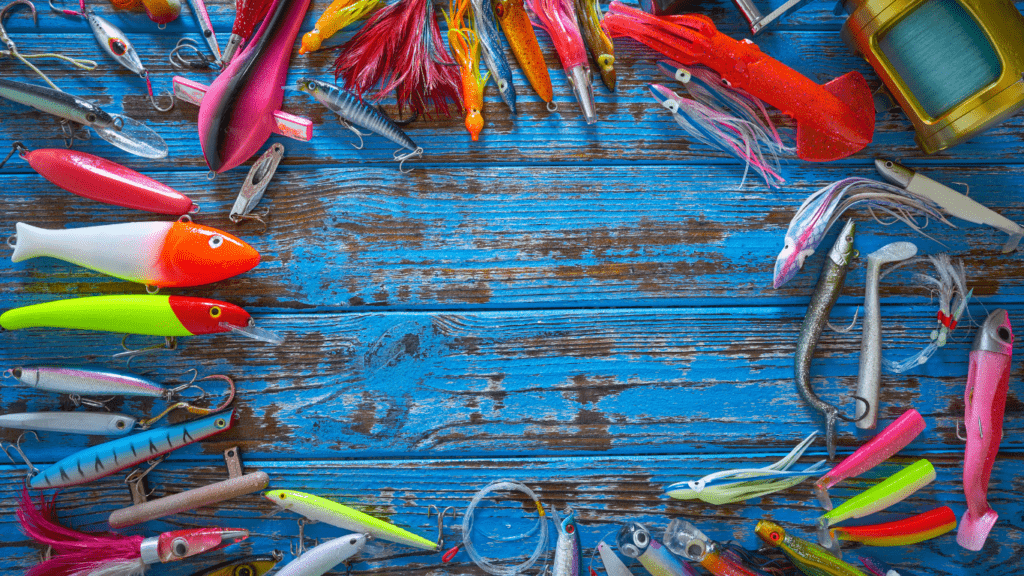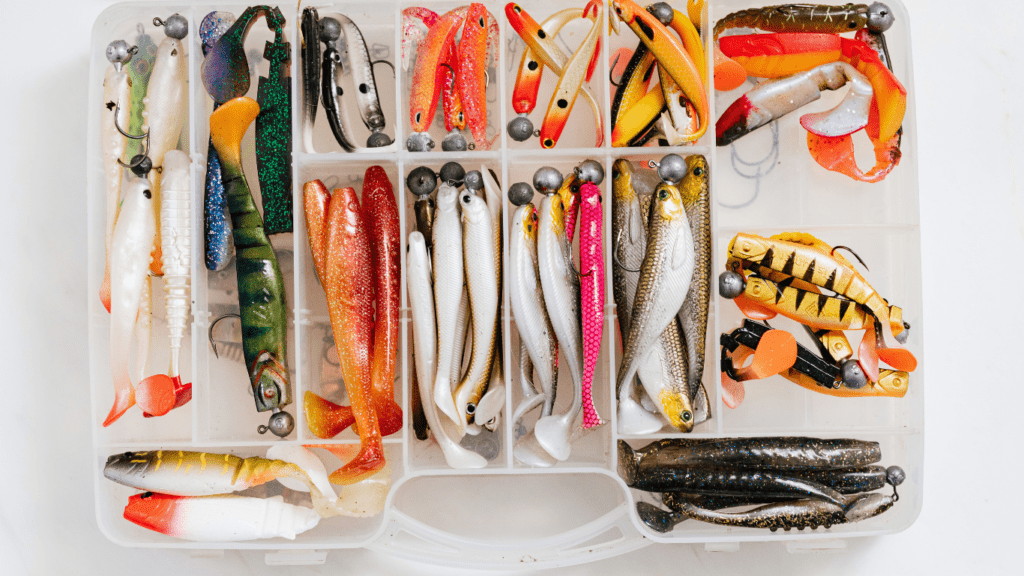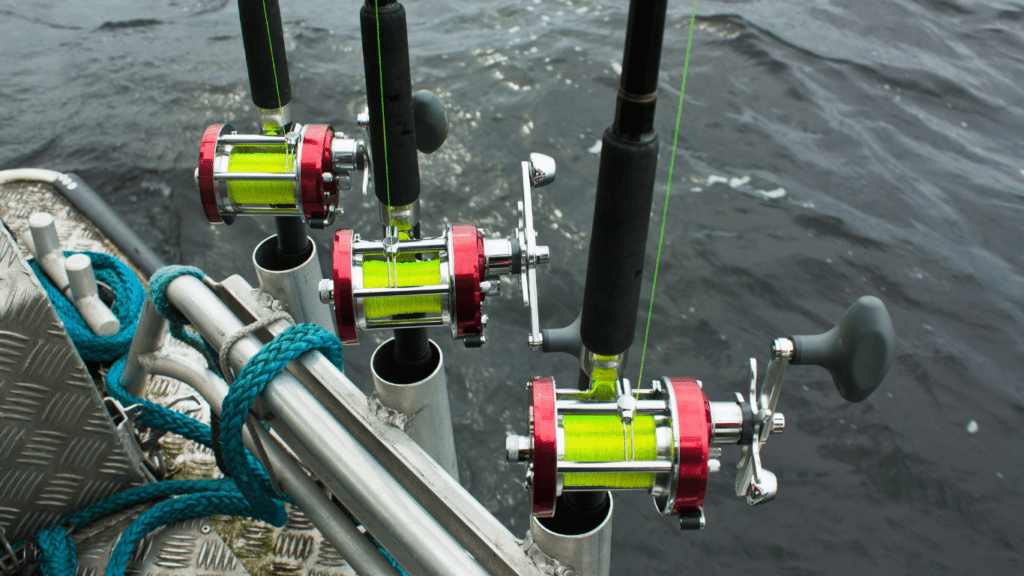The Evolution Of Bait And Tackle In Modern Fishing
Bait and tackle have transformed significantly with advancements in technology and changing environmental awareness. Manufacturers design gear for higher efficiency and sustainability, appealing to both casual and professional anglers.
- Material innovations focus on durability and environmental friendliness. Biodegradable baits, for instance, reduce ecological impact while maintaining the effectiveness of traditional options like soft plastics. Rods and reels made with lightweight carbon fiber or composite materials improve control and endurance during long fishing sessions.
- Design improvements enhance performance and adaptability in diverse fishing conditions. Multi-jointed swimbaits and 3D-printed lures mimic real prey more accurately, increasing success rates. Weighted hooks and versatile rigs target specific fish species, ensuring precise functionality for various water depths.
- Smart technology integration modernizes bait and tackle tools. Bluetooth-enabled reels track line length and tension, offering real-time data to anglers. LED-equipped lures attract fish in low-visibility environments like murky water or night fishing, bridging traditional techniques with modern efficiency.
- Sustainable practices influence packaging and production processes. Recycled materials are replacing non-biodegradable plastics in tackle boxes, while companies minimize excess waste, meeting consumer demands for eco-conscious solutions.
These advancements reflect the fishing industry’s commitment to innovation without compromising environmental health or user performance.
Top Bait Trends Shaping The Industry

Recent advancements in bait design are reshaping fishing methodology and preferences among anglers. Key trends highlight innovative approaches in artificial, eco-friendly, and live bait options.
Artificial Lures And Their Rising Popularity
Artificial lures dominate due to their versatility and durability. Multi-jointed swimbaits and 3D-printed lures mimic lifelike movements, increasing their effectiveness in diverse water conditions. Soft plastic lures infused with scents attract more species, offering a practical alternative to live bait. Glow-in-the-dark and UV-reactive lures enhance visibility, performing well in low-light environments like deep waters or murky lakes.
Eco-Friendly And Biodegradable Baits
Manufacturers are prioritizing sustainability with compostable materials in bait production. Biodegradable soft plastics dissolve naturally, minimizing pollution when lost during fishing. Water-based biodegradable gels and pastes retain effectiveness while reducing environmental strain. Brands now market packaging made from recycled materials, integrating eco-conscious practices throughout the product lifecycle.
Live Bait Innovations
Live bait has advanced with improved storage and transport systems. Controlled environments, like oxygenated buckets or temperature-regulated containers, extend bait lifespan. Genetically improved worms and minnows exhibit enhanced durability and activity, attracting predators effectively. Specialized additives in live bait water improve vigor and survival, ensuring maximum performance while fishing.
Cutting-Edge Tackle Trends To Watch
Staying informed about new tackle innovations gives anglers an edge in adapting to evolving fishing environments. The latest developments in rod materials, reels, and fishing lines are transforming how enthusiasts approach the sport.
Advanced Fishing Rod Technologies
Modern rods prioritize:
- strength
- sensitivity
- lightweight performance
Manufacturers now use carbon fiber and nano-resin composites, creating rods that handle larger catches without sacrificing flexibility. Split-grip handles made from EVA foam enhance control and comfort during extended fishing sessions. Telescopic rods are becoming increasingly popular for their portability, particularly among anglers traveling to remote locations.
High-Tech Reels And Their Features
Reels are integrating precision engineering with smart technology. Magnetic braking systems ensure accurate casting, while sealed drag systems protect internal components from water damage. Some reels, like Bluetooth-enabled models, wirelessly connect to fishing apps for precise data on casts and line retrievals. Saltwater-specific reels are being designed with corrosion-resistant coatings, enhancing durability in harsh environments.
Durable And Lightweight Fishing Lines
Fishing lines now feature high-performance materials like Dyneema fibers, offering superior strength-to-diameter ratios. Fluorocarbon lines, nearly invisible underwater, improve bait presentation and increase strikes. Braided lines, infused with abrasion-resistant coatings, handle tough conditions while maintaining flexibility. Additionally, biodegradable lines are emerging for anglers prioritizing environmental sustainability.
Regional Trends In Bait And Tackle Preferences
Fishing preferences vary across regions due to environmental conditions, targeted species, and regional practices. Understanding these trends helps anglers make strategic choices for optimal results.
Popular Choices In Freshwater Fishing
Freshwater anglers frequently choose lures tailored to local fish species. In the Southeastern US, soft plastic lures like worms and crawfish imitations are widely used for bass fishing. Northern regions often favor spinnerbaits and jerkbaits, particularly when targeting pike and walleye. Biodegradable bait options also see growing interest in areas with strict conservation policies. Live bait, such as minnows and nightcrawlers, remains a staple across most lakes and rivers, especially when fishing for crappie, panfish, or trout.
Key Trends In Saltwater Fishing Gear
Saltwater anglers lean toward technologically advanced equipment for challenging conditions. In the Gulf Coast, multi-jointed swimbaits resembling shrimp dominate shallow-water fishing. Coastal Northeast regions prefer heavy-duty rods and braided lines for large species like striped bass and bluefish. Pacific Coast anglers increasingly use LED-equipped lures for deep-sea fishing, which attract diverse predatory species like tuna and mahi-mahi. Biodegradable artificial baits are gaining traction in ecologically sensitive zones such as Florida Keys, aligning with conservation efforts.





